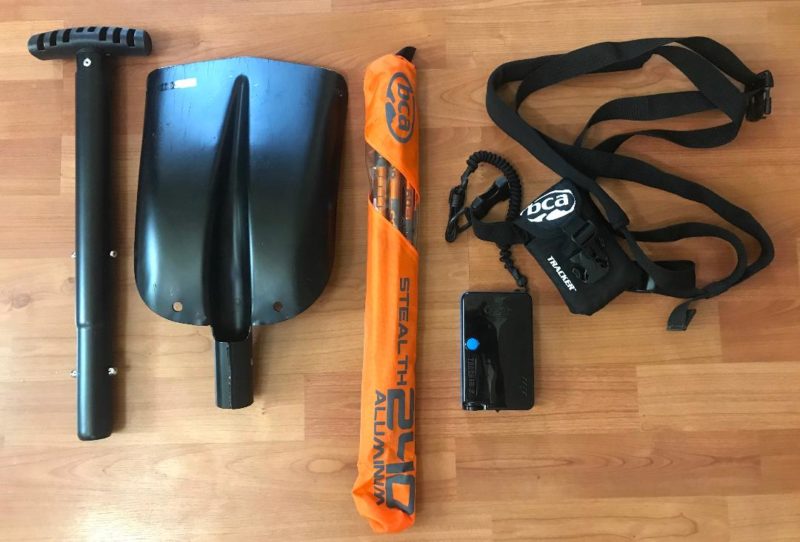
Avalanche risk has been rising due to the influx of backcountry skiers. An increasing number of skier-triggered avalanches have been reported this spring. However, with some preparation and safety knowledge, the fatality rate can lower.
Related: How Much Time Do You Really Have to Live Under an Avalanche
Avoiding an Avalanche
1. Get the proper gear. Before you even decide to head out into the backcountry, you and your friends should buy all the proper avalanche safety gear. Make sure you have at least these three essential backcountry items: a beacon (radio transmitter) to pinpoint each other’s location, a probe to determine the exact location where a person is under the snow and a shovel to dig them out. An avalanche airbag can also be crucial in saving your life.

2. Take a class. A training course provides the knowledge and decision-making skills that are necessary for the backcountry. The American Institute for Avalanche Research and Education (AIARE) provides intro courses including the Rescue Course and AIARE 1. They also provide a more advanced AIARE 2 course. In addition to these hands-on learning classes, there are plenty of online tutorials and avalanche books containing helpful information.
3. Check the avalanche forecast. It takes just a few minutes of your time to read, and the information can save a life. Daily avalanche forecasts provide information on the location and likelihood of an avalanche to occur.
4. Read the terrain. Even after reading the forecast, it is imperative to use your own decision-making skills while reading the snow conditions and terrain. Weather and temperature can change in an instant, both of which affect the avalanche risk.
5. Make a smart decision. It is always okay to change your plans. If an area looks avalanche-prone, choose a new location or another day for your adventure. Do not ignore the warning signs.
Surviving an Avalanche
1. Veer to the side. If you do get caught in an area where an avalanche is breaking, start by pointing your skis or board down the hill to gain speed, then veer to one side and try to ski out of the sliding snow.
2. Lose your heavy gear. If you are not able to make it out of the slide, it is time to drop all the heavy gear. You want to stay as close to the surface as possible, and your skis or board will weigh you down. It is also time to inflate your airbag if you have one.
3. Start swimming. In order to avoid being trapped under heavy debris start swimming up the hill. This is easier said than done since avalanches typically travel at 60-80 miles per hour, but try your best to keep your toes pointed down the hill and your arms stroking up. According to the American Avalanche Institute, you should roll on your back and do the backstroke.

4. Create an air pocket. Once the snow comes to a stop, it is critical to protect your airways. Holding your arm over your face will help create an air pocket around your mouth and nose.
5. Reach towards the surface. Reach the arm that is not creating an air pocket up and over your head. Reaching a body part towards the surface of the snow will better your chances of being dug out quickly.
6. Stay calm. This is an understandable time to panic, but panicking will only use up your oxygen at a faster rate. Stay calm and hope rescue is on its way.
First thing you’re supposed to do is yell avalanche to alert your partner(s)/other skiers that there’s a slide (which they might not be able to see). After that you try to ski out.